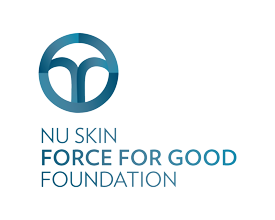This unique seagrass restoration initiative in the Salish Sea is combining traditional ecological knowledge with innovative robotics. It brings together three key elements: planting both seeds and mature shoots, active participation from Lummi tribal members, and a specialized robot called the Grasshopper.
Seagrass ecosystems are environmental powerhouses that provide critical habitat for marine species, reduce erosion, filter pathogens from water, minimize wave damage, lower ocean acidity, and sequester massive amounts of carbon. However, these vital underwater meadows are disappearing at an alarming rate due to disease, boat damage, and rising ocean temperatures.
Traditional restoration methods have proven challenging and expensive. Hand-transplanting shoots requires finding healthy donor beds and lots of manual labor, and collecting, culturing and planting seeds is equally time-consuming. As a result, most restoration efforts are small-scale and experimental.
Enter the Grasshopper, a remote-controlled robot developed by Reefgen. It can plant shoots or inject seeds while hopping lightly across the seafloor, causing minimal disturbance. It works in deep waters and challenging conditions where humans cannot, operating 10 times faster than manual methods. Testing in multiple locations has demonstrated impressive results, with over 250 underwater hours logged and nearly 40,000 seeds planted.
The Salish Sea project, led by the Coast Salish Youth Coalition and biologist Sandy Wyllie-Echeverria, will restore areas near three islands using both robotic seed planting and traditional hand transplanting. Students from the Lummi people (known as the “People of the Sea”) will gain hands-on experience with emerging restoration technology while honoring their cultural heritage, creating a bridge between ancestral wisdom and modern conservation innovation.


